Are you tired of teaching the same old lessons in the same old way? Do you want to engage your students and help them develop a deep understanding of concepts?
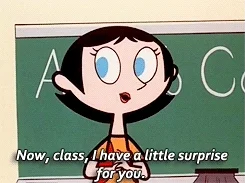
Then it's time to try conceptual learning strategies in the classroom. Focus on big ideas and critical thinking to bring excitement and innovation to your teaching.
What is Conceptual Learning?
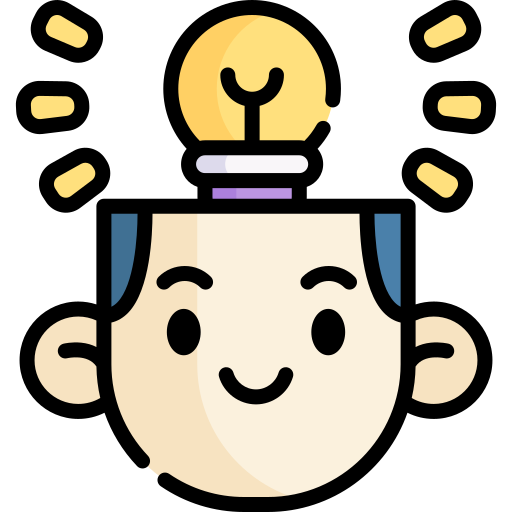
Conceptual learning is an approach to learning that focuses on developing a deep and meaningful understanding of a subject, rather than simply memorizing information or procedures.
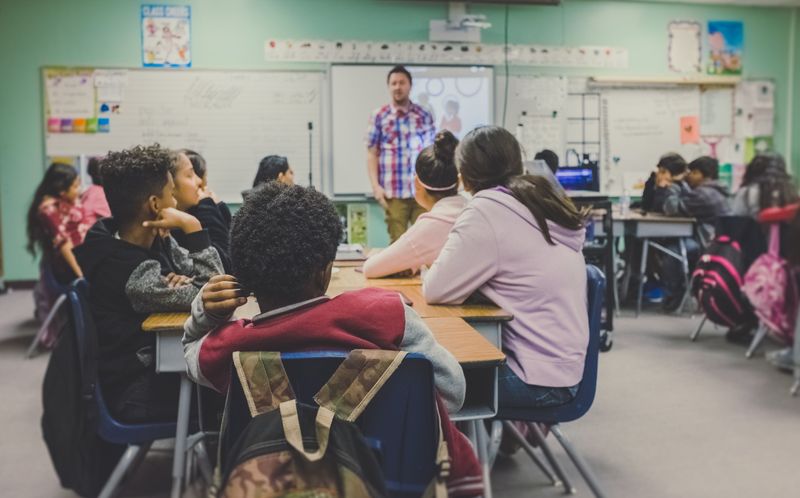 Photo by Kenny Eliason on Unsplash
Photo by Kenny Eliason on UnsplashWhy is conceptual learning important?
Conceptual learning helps students:
Understand the relationships between ideas and apply this understanding to new situations.
Focus on developing higher-order thinking skills such as analysis, evaluation, and synthesis.
Stay motivated and interested in the subject matter.
Provide creative solutions to problems.
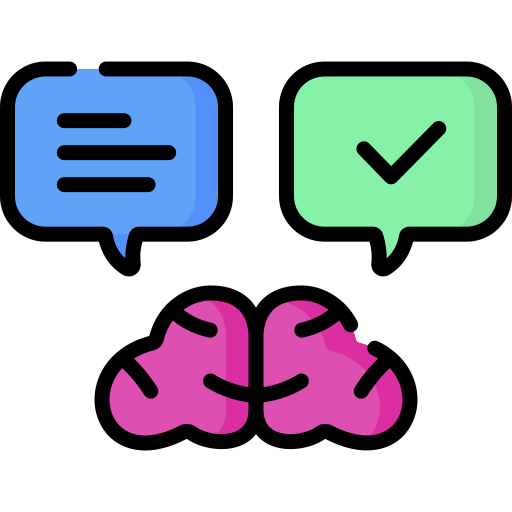
The most powerful learning occurs when we understand the underlying concepts rather than just memorizing facts.
— Marilee Sprenger, author, educator, and consultant who specializes in learning and the brain, from the book How To Teach Students To Remember
Method 1: Create a Conceptual Framework
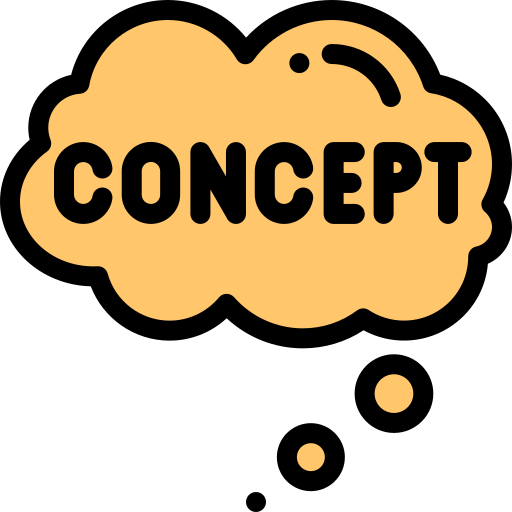
A conceptual framework is a visual representation that helps clarify the relationships between the concepts or variables that are central to a particular subject. It can be used to guide research, analysis, and decision-making.
Identify key concepts or variables that are central to the subject or problem you're exploring. These might be ideas, theories, or factors you believe are important to understanding the subject.
Define the relationships between these key concepts. How do they interact with one another? Are there causal relationships or correlations between them?
Develop a visual representation like a flowchart, diagram, etc., to illustrate the relationships between the concepts.
Here's an example of creating a conceptual framework for a class on climate change.
Key concept: Greenhouse gases lead to global warming and climate change.
Relationships: Greenhouse gases lead to rising temperatures, melting glaciers, sea level rise, and more frequent and severe weather events.
Visual representation: Create a flowchart that shows the causal relationship between greenhouse gases and global warming, with sources of greenhouse gases branching out from the main concept.

Method 2: Encourage Inquiry Based Learning
Inquiry based learning is an educational approach where students take an active role in their learning by asking questions, investigating problems, and developing solutions through research and collaboration with their peers.
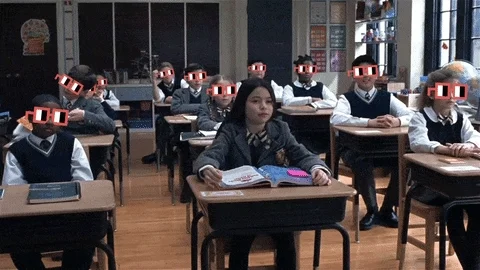
Identify the topic of study and ask an open-ended driving question that encourages your students to ask more questions, seek information, and learn.
Provide opportunities for your students to conduct research and investigation on the topic like experiments, online research, interviews with experts, or other forms of inquiry.
Facilitate class discussions and reflection to help your students make connections between their findings and their prior knowledge.
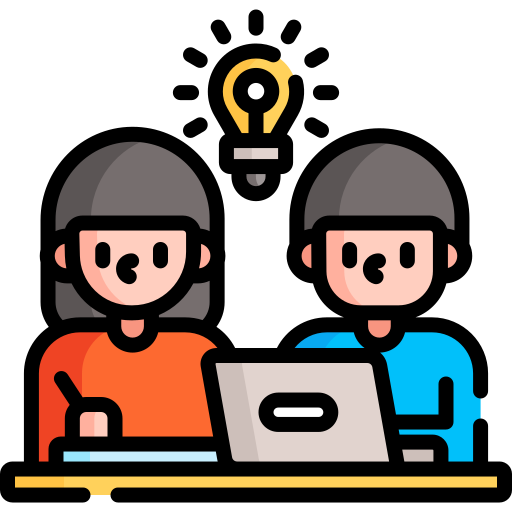
Here's an example of inquiry based learning for a class on ancient civilizations.
Topic: ancient civilizations.
Create a driving question such as, "What were the key elements that made ancient civilizations successful?"
Provide resources for students to conduct research on ancient civilizations. This could involve researching sources, such as artifacts, documents, and scholarly articles.
Facilitate class discussions to help students make connections between the success factors of ancient civilizations and their own lives and communities.
Method 3: Use Project Based Learning
Project based learning (PBL) is a teaching method that involves students working collaboratively on a project focused on solving a real-world problem or challenge.
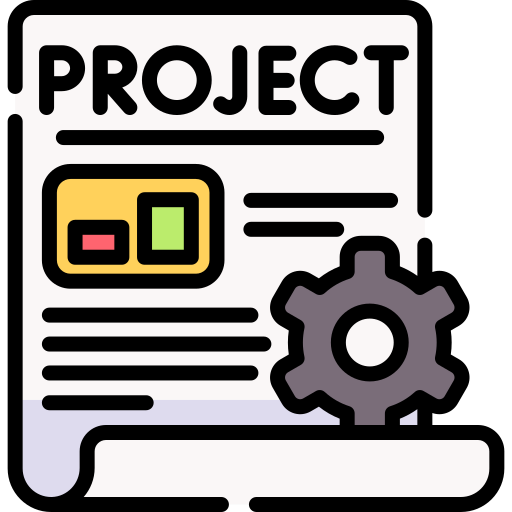
Identify a relevant, open-ended, real-world problem that your students can work on collaboratively.
Provide opportunities for research and investigation where your students can work in teams to gather information, analyze data, and implement a solution.
Provide guidance and support throughout this process, acting as a facilitator and coach.
 Photo by Decry.Yae on Unsplash
Photo by Decry.Yae on UnsplashHere's an example of project based learning for a class on food waste.
Introduce the problem and engage students in a discussion about the amount of food that is wasted in the cafeteria and the impact it has on the environment.
Allow students to do research, conduct surveys, and collect data about the amount of food that is wasted in the school and determine solutions.
Encourage your students to work in teams and create a prototype for a meal planning app and help them present it to the school administration or the local government.
Quiz
You want to design a learning experience that will help students understand the themes and literary techniques used in the play "Romeo & Juliet". Which of the following methods should you use?
Take Action

Your feedback matters to us.
This Byte helped me better understand the topic.
